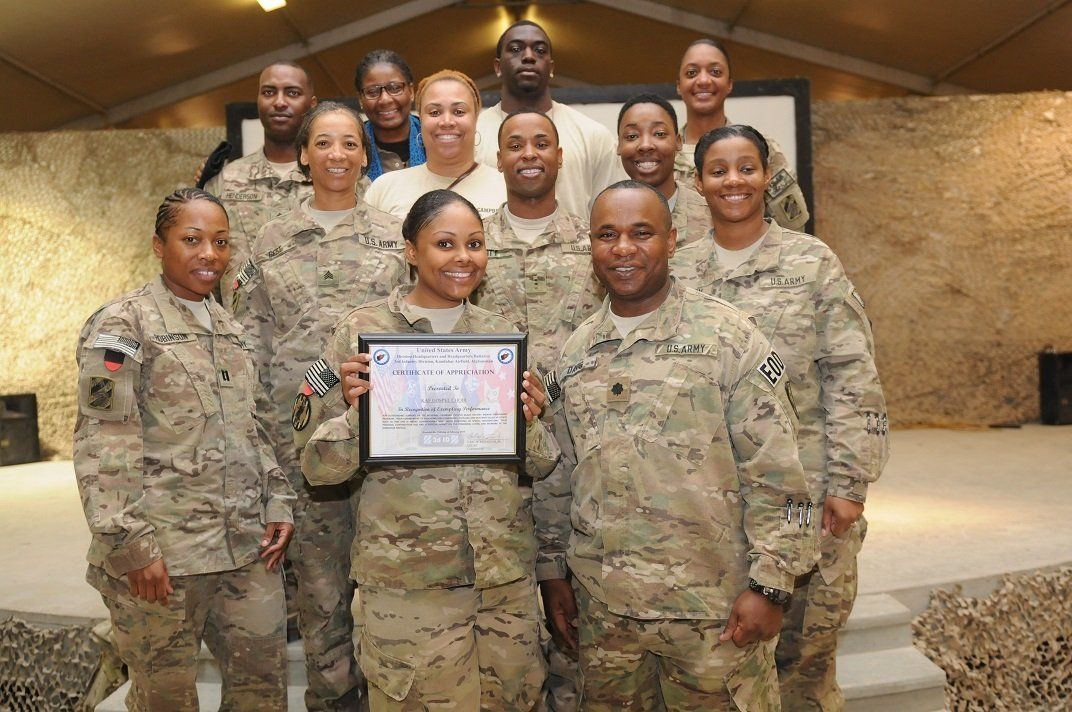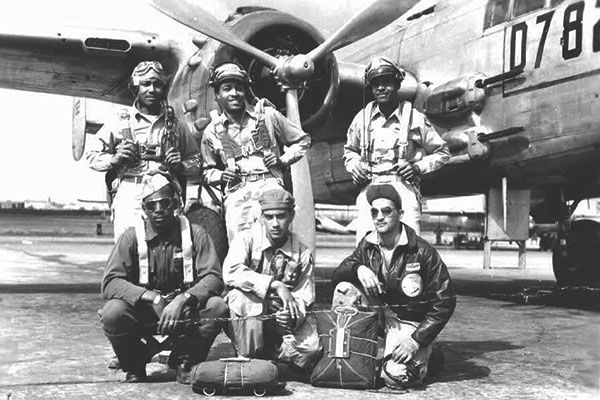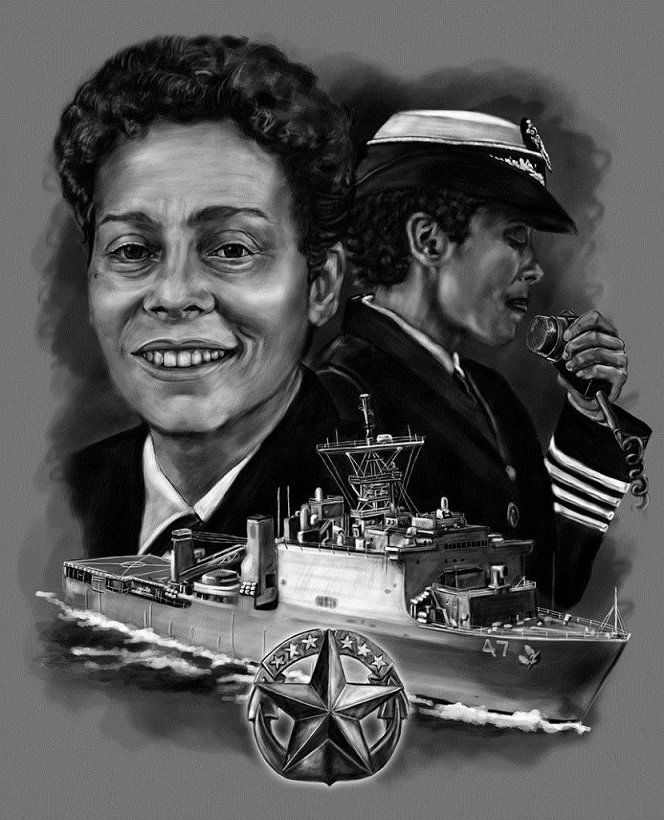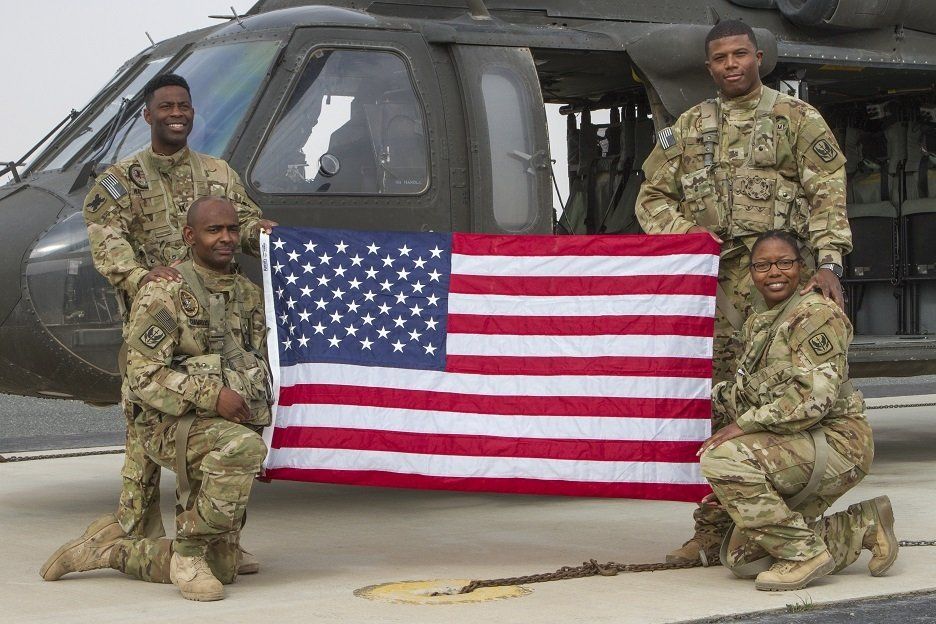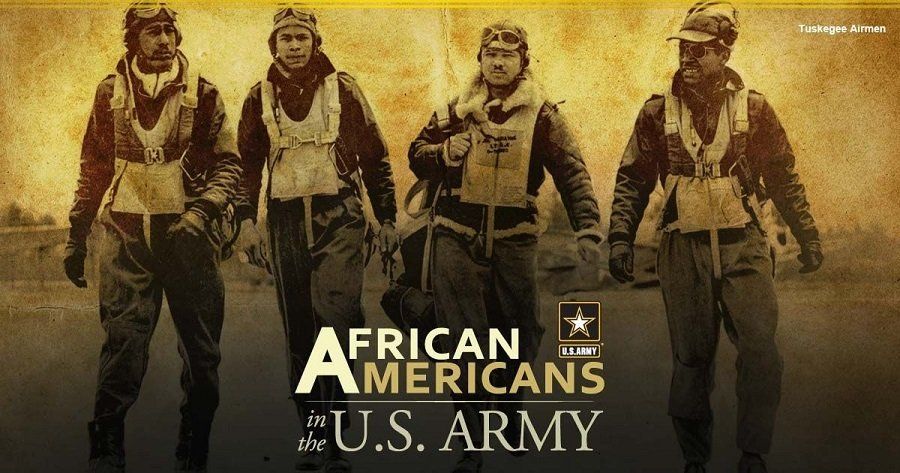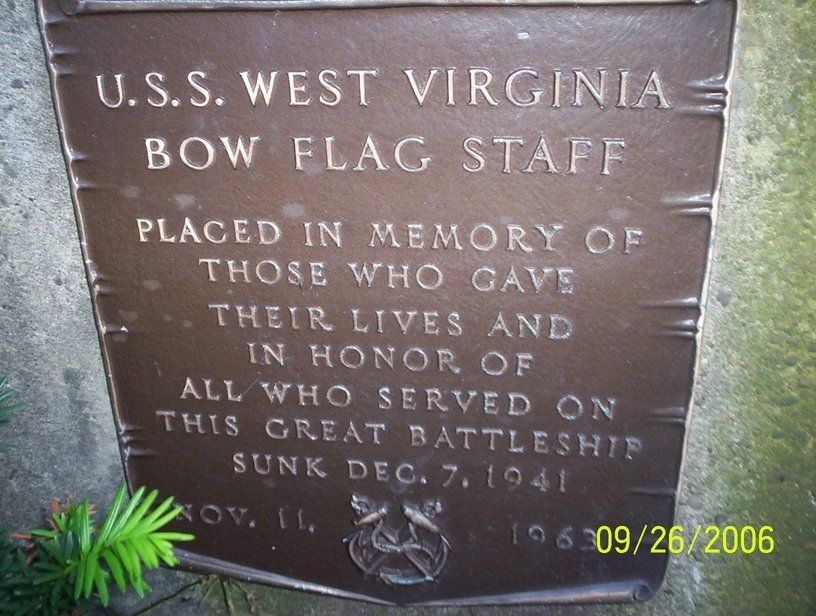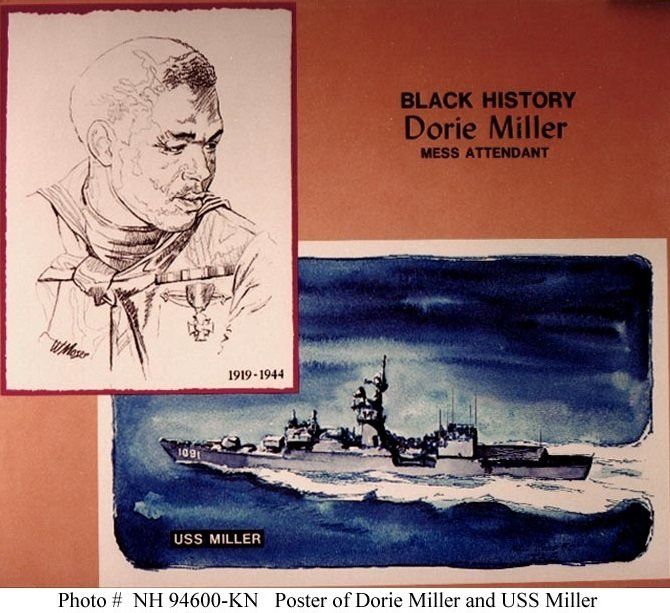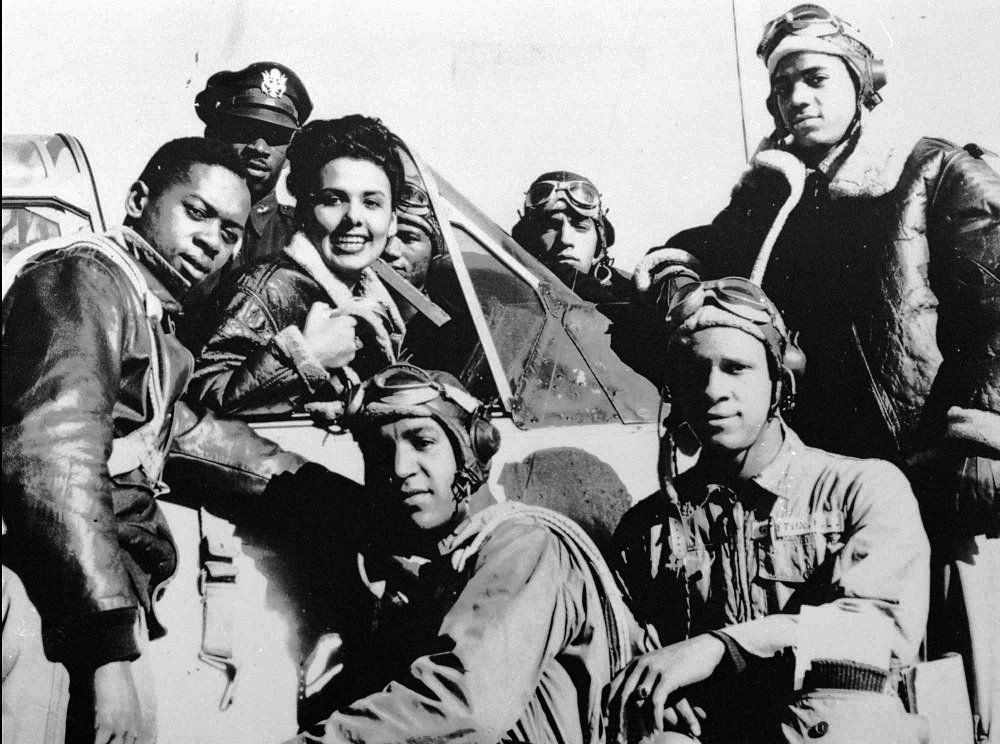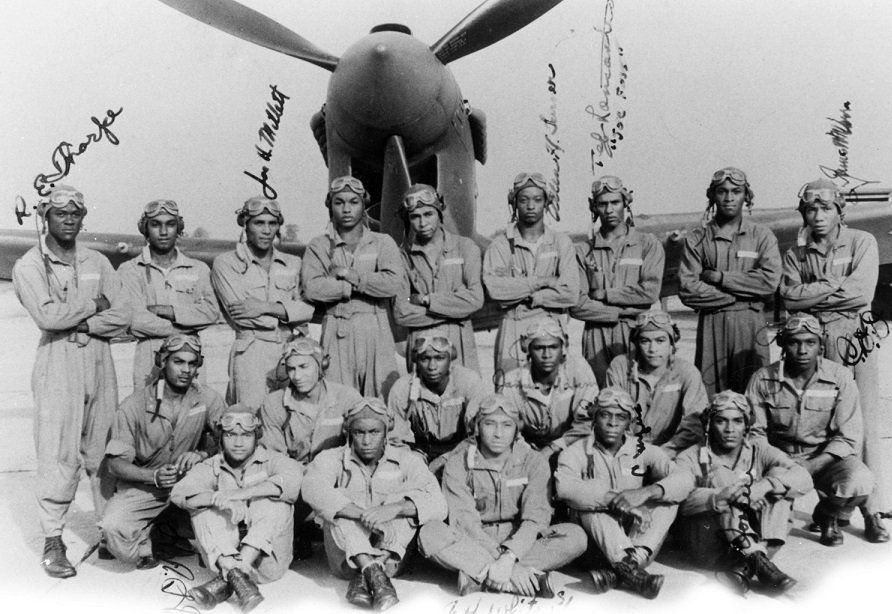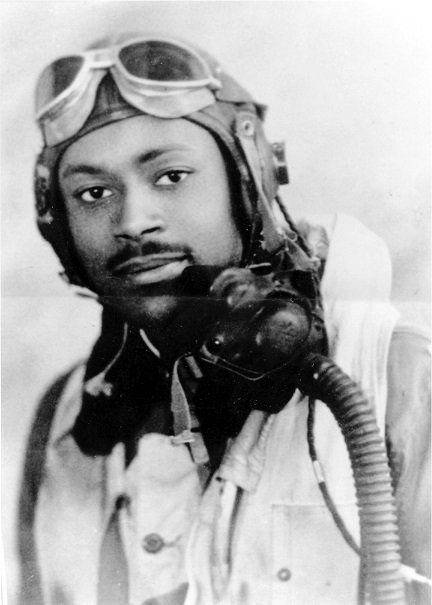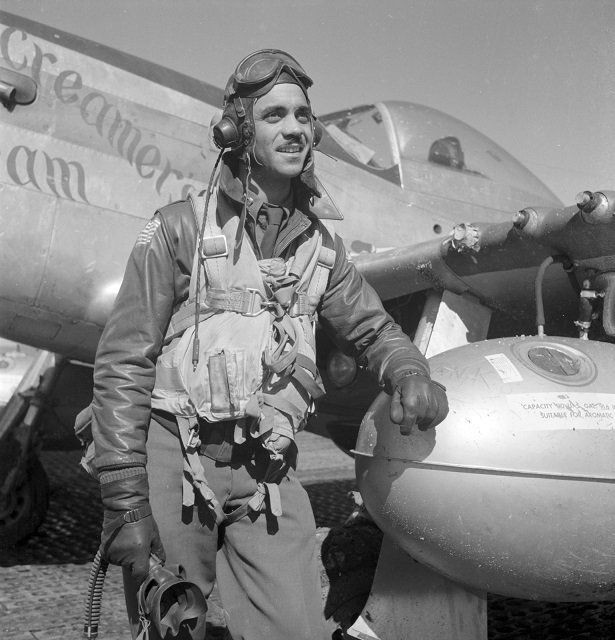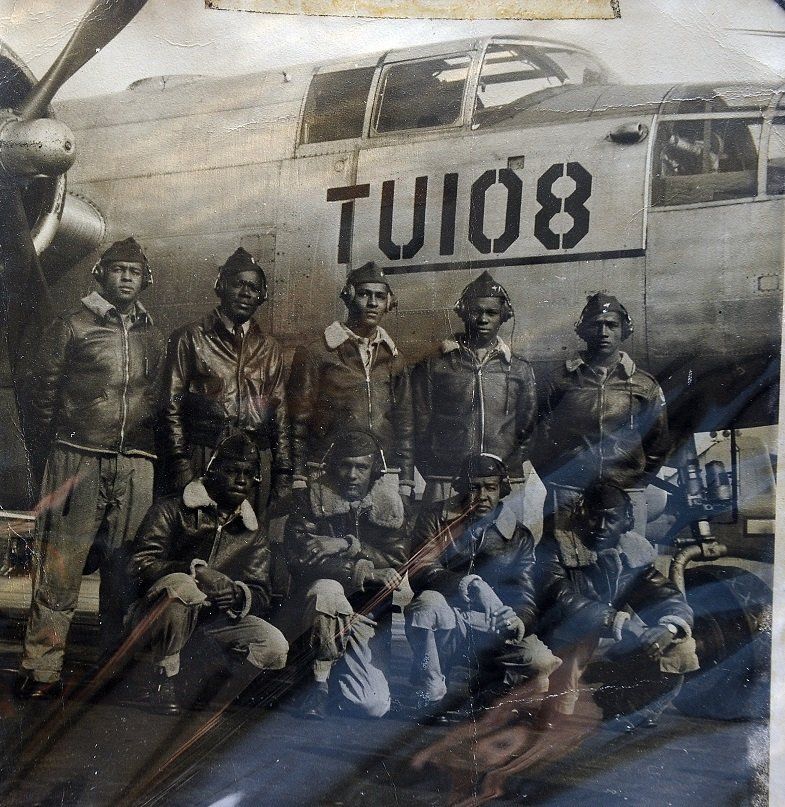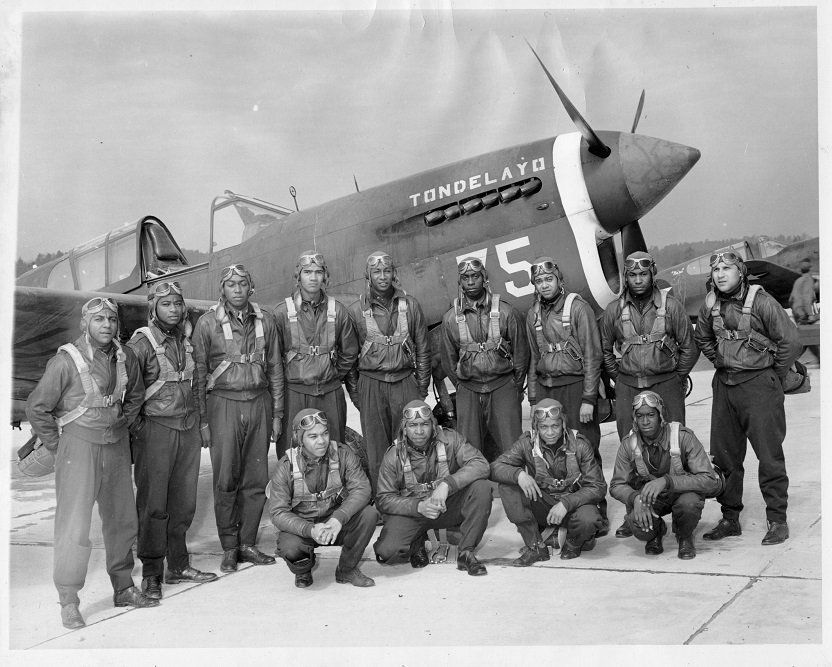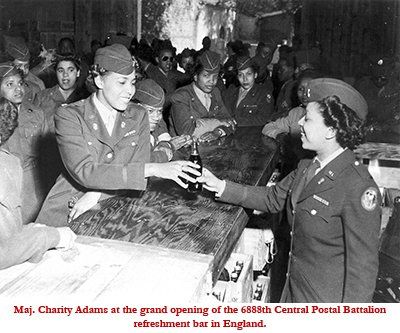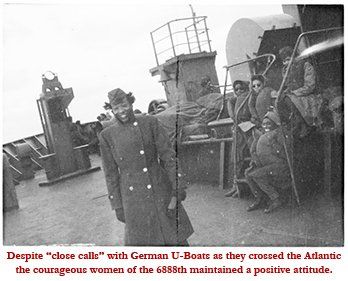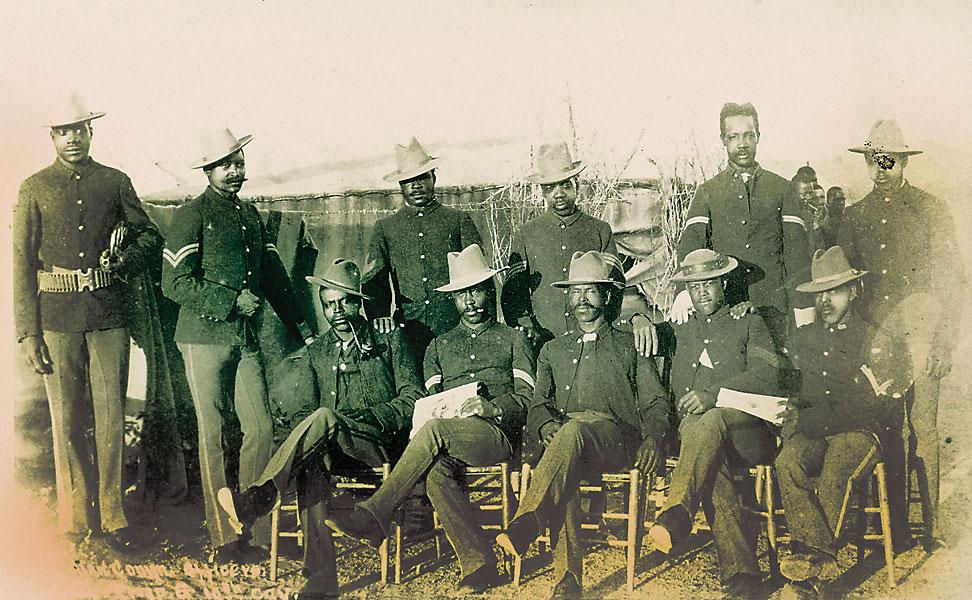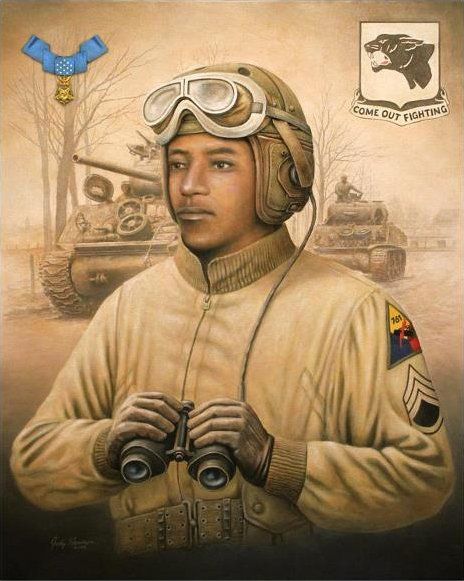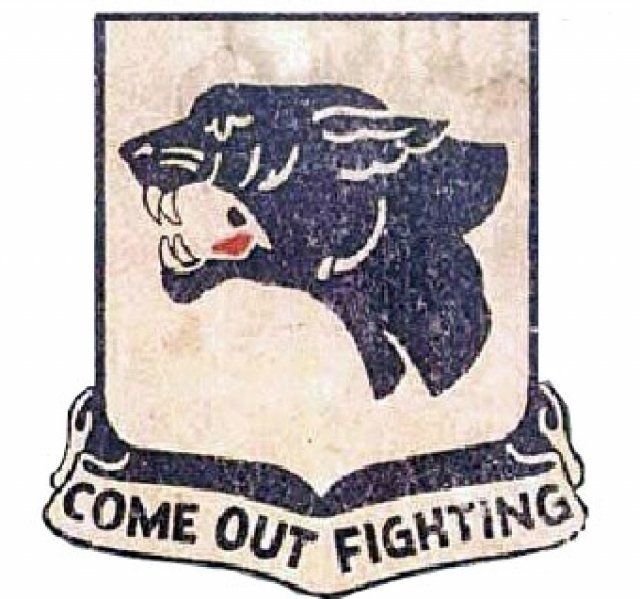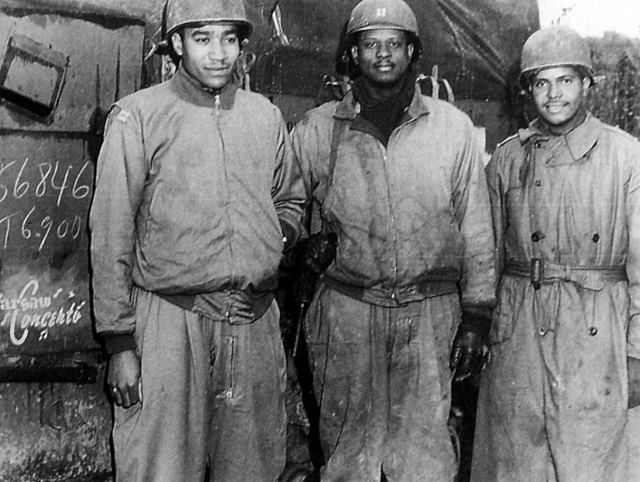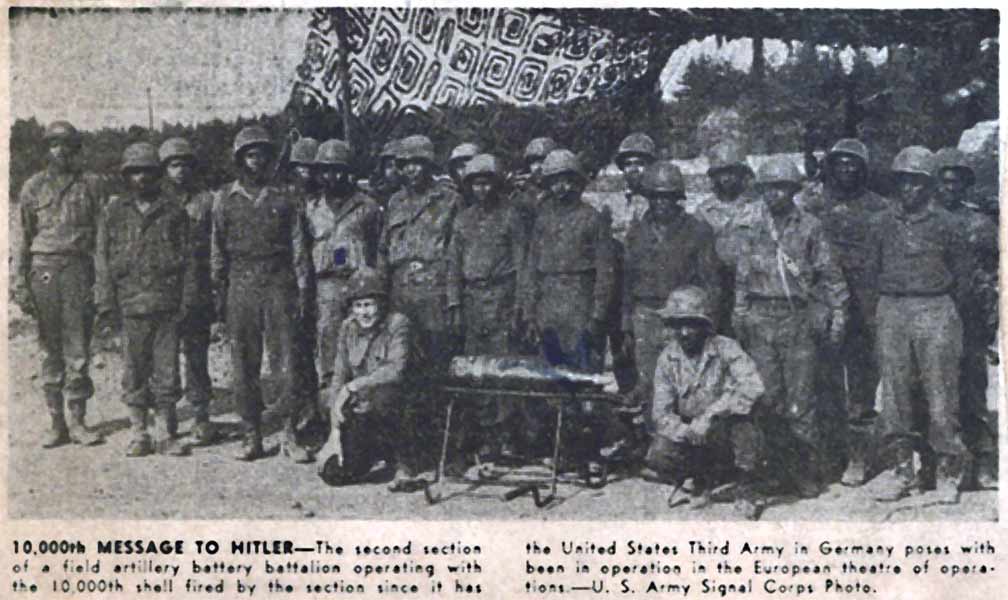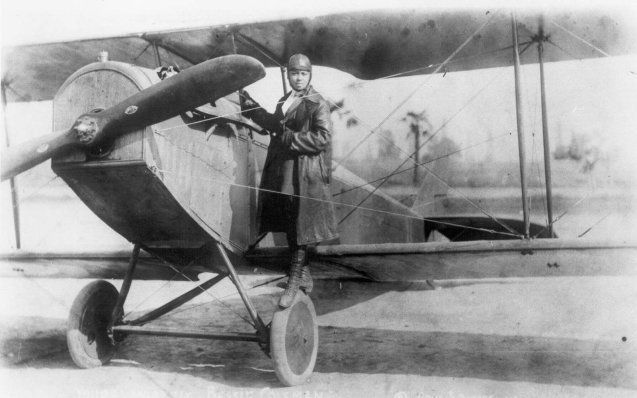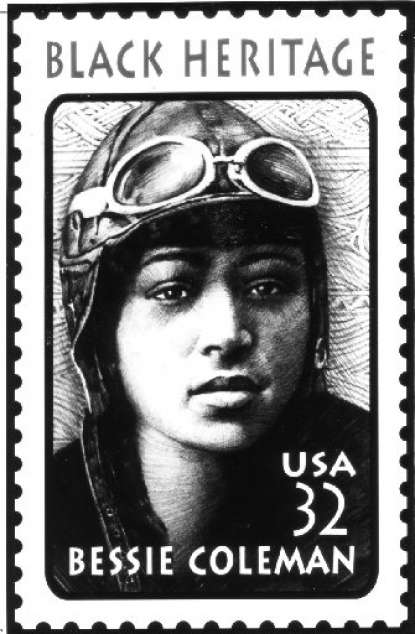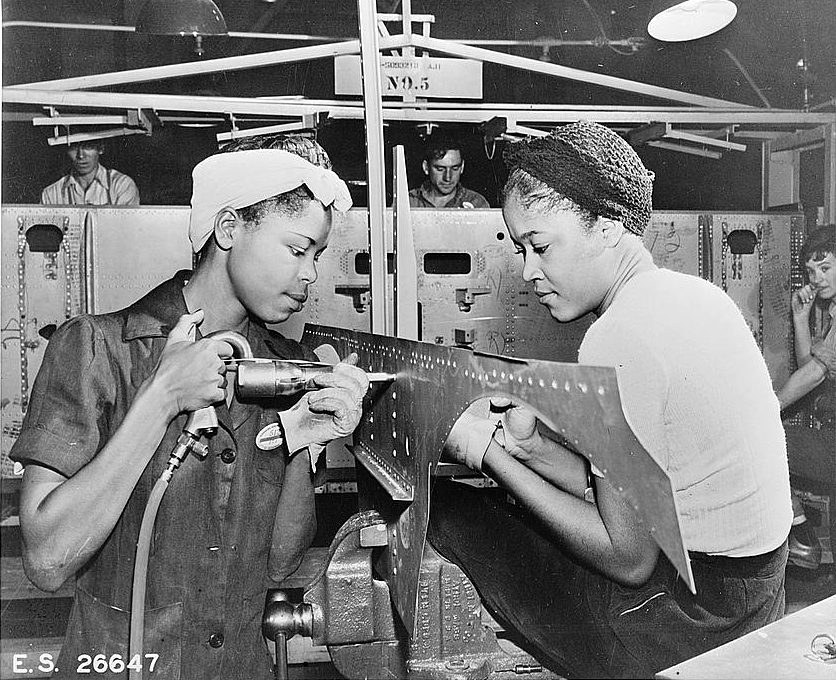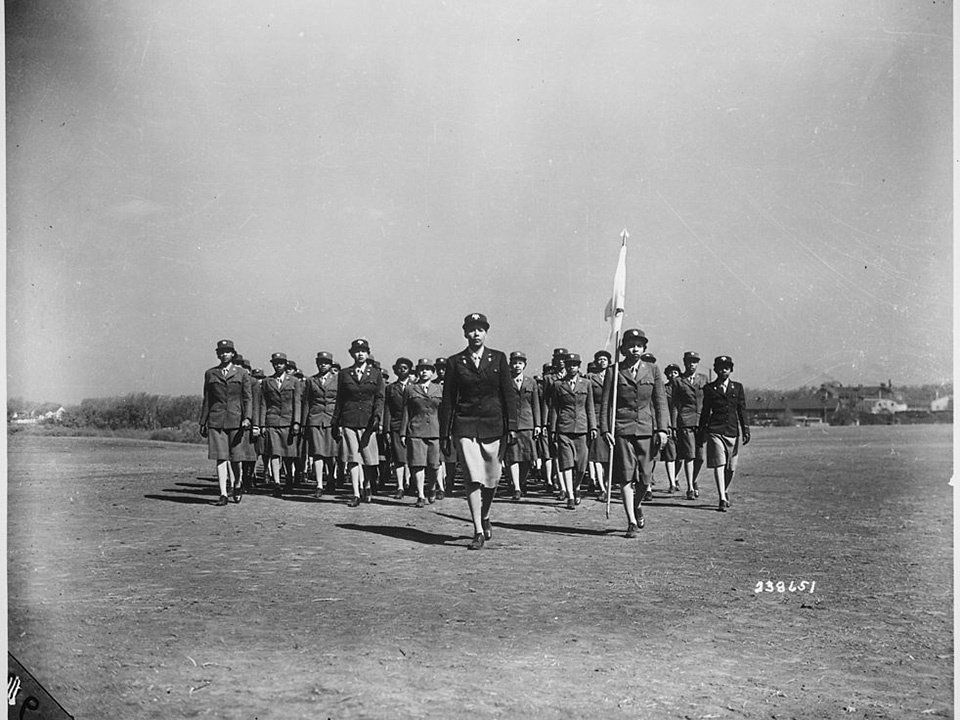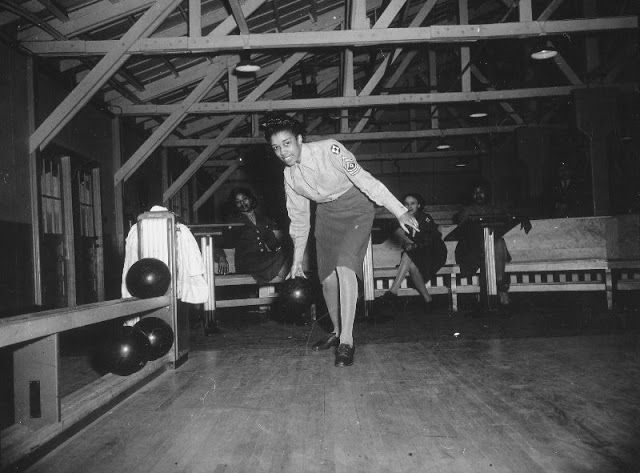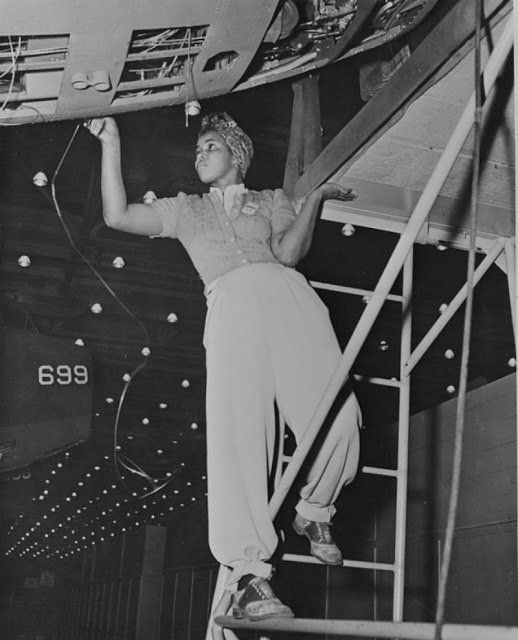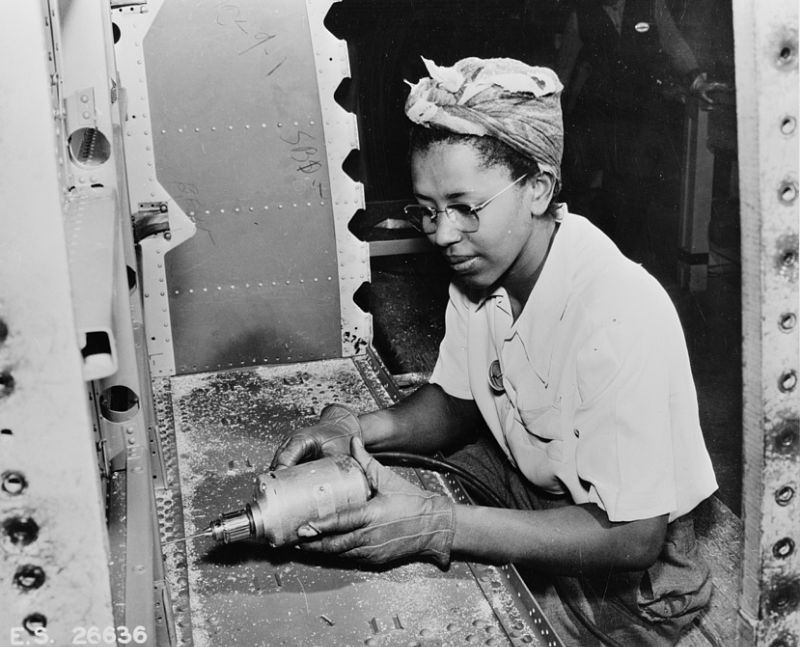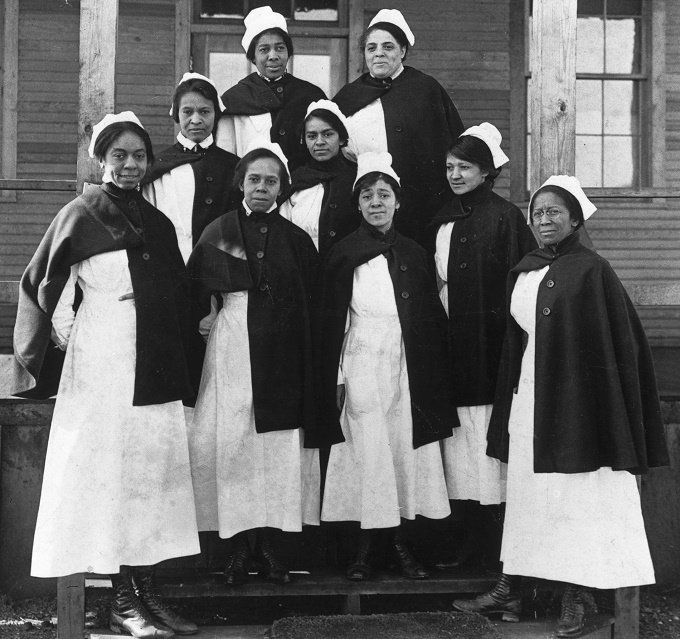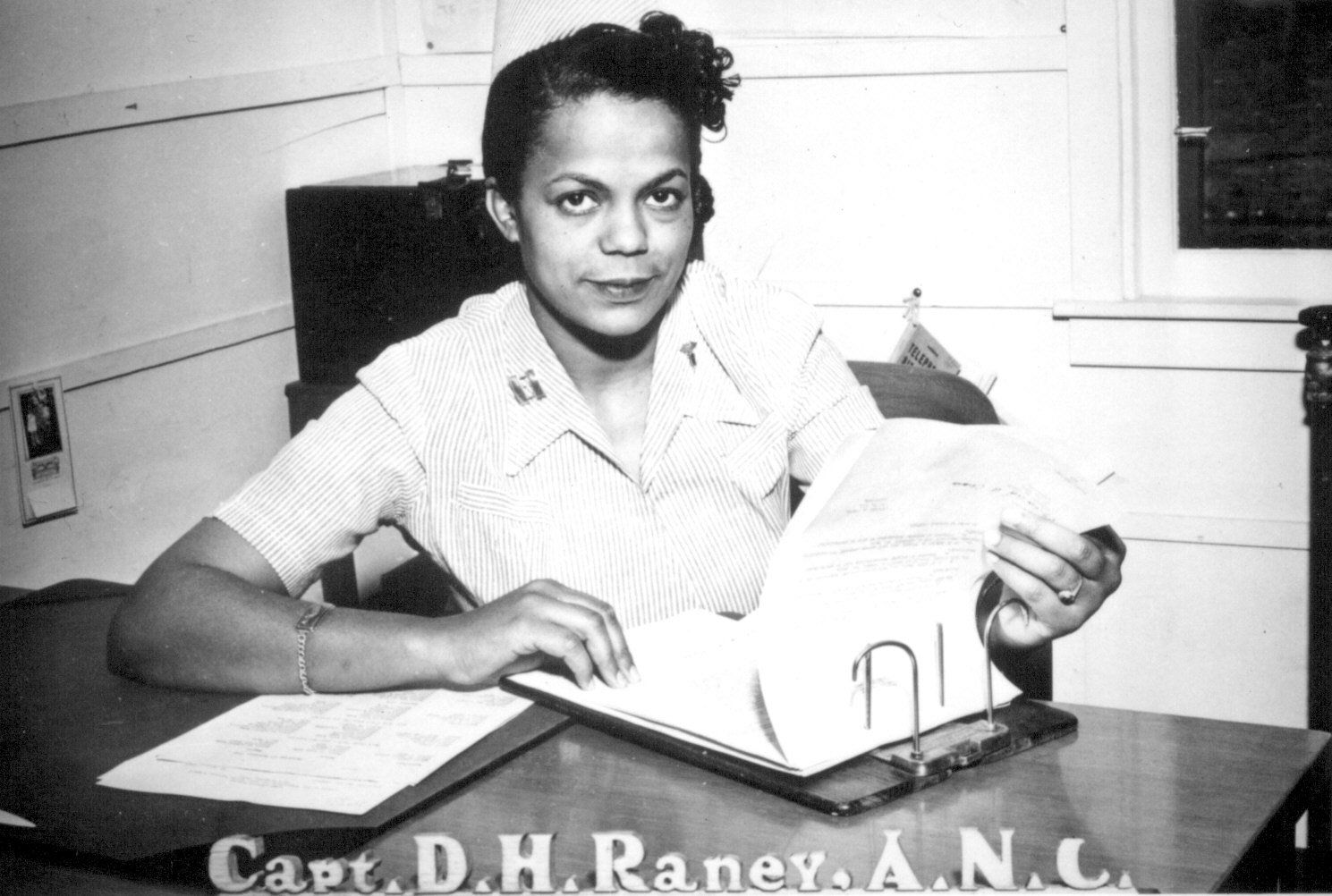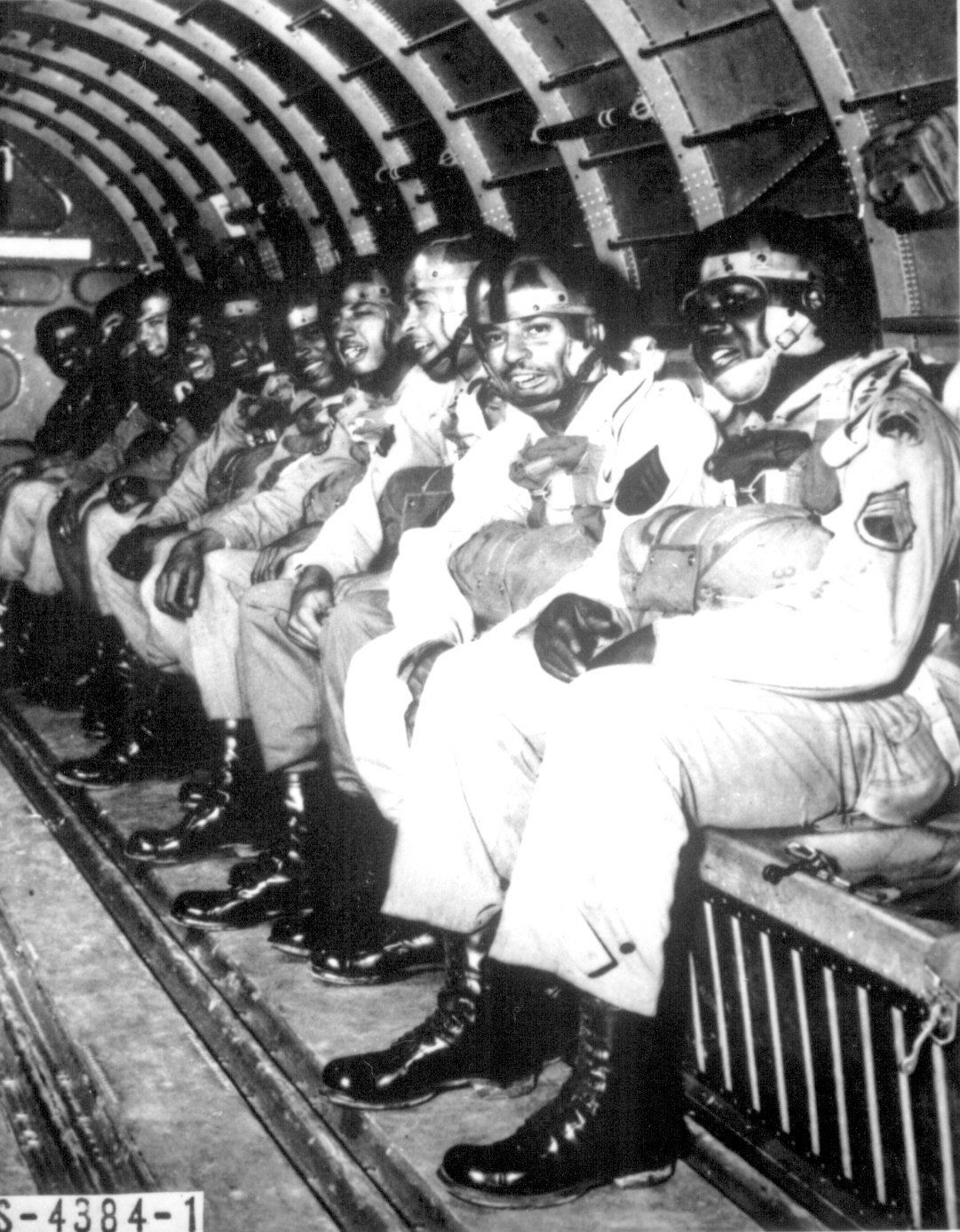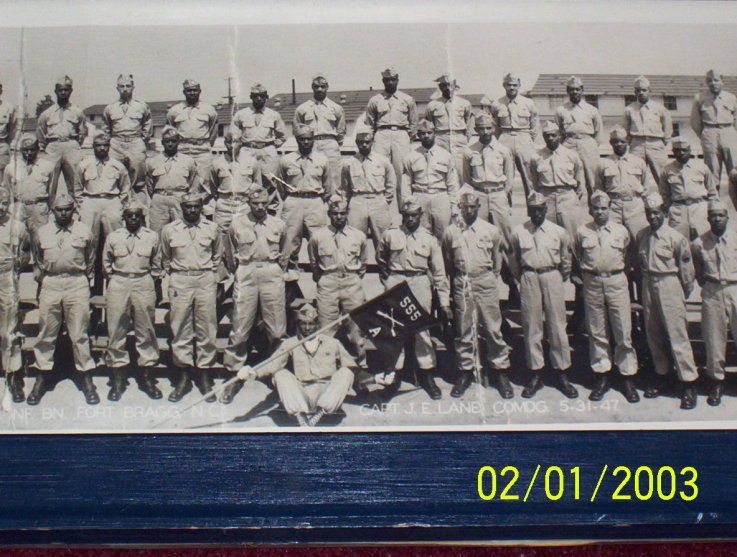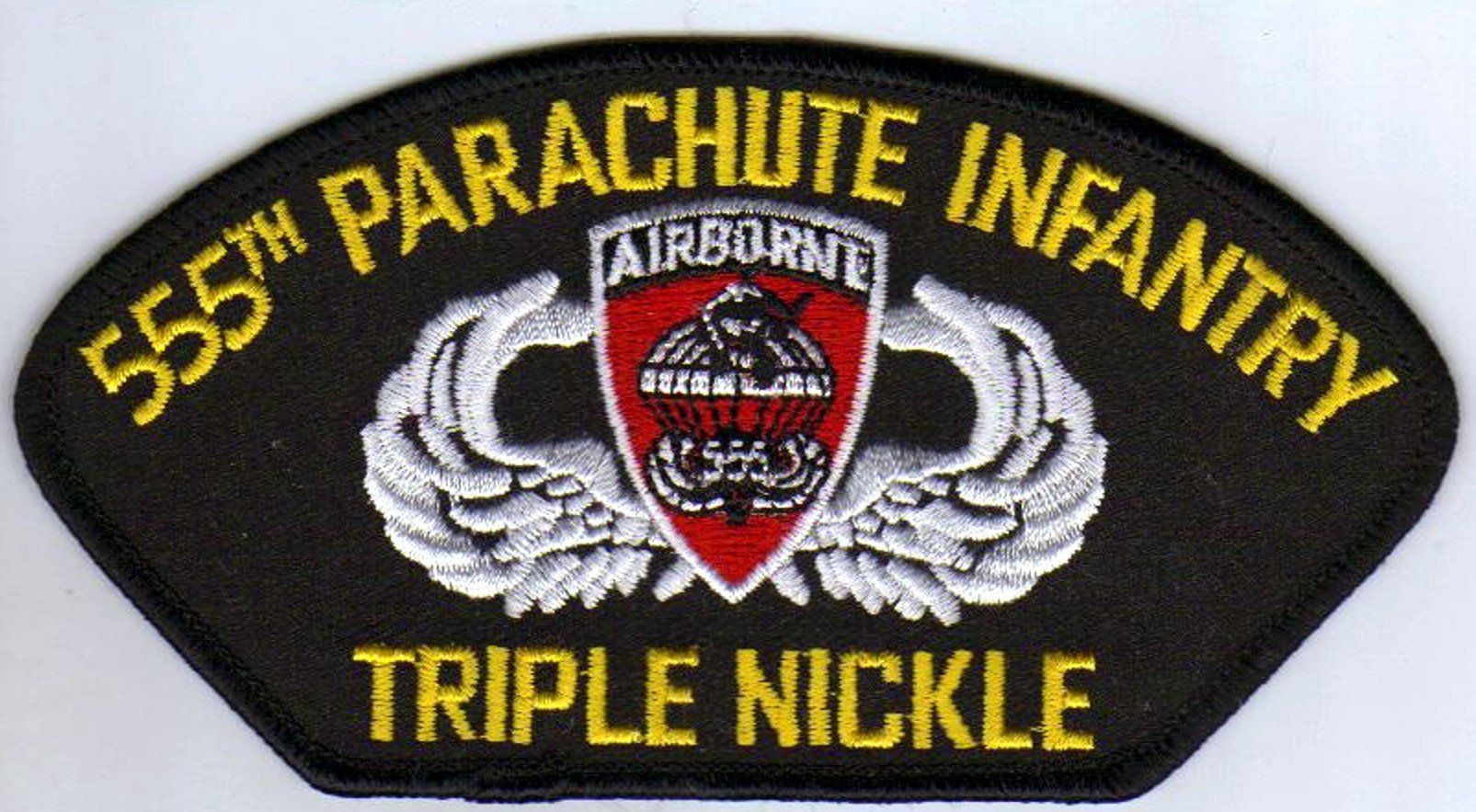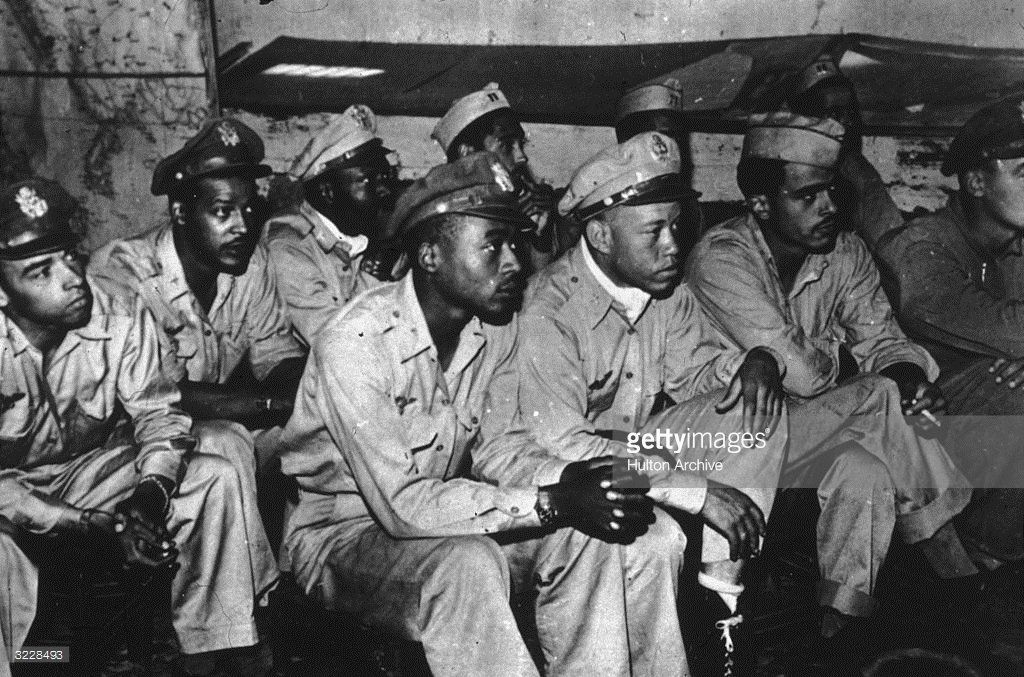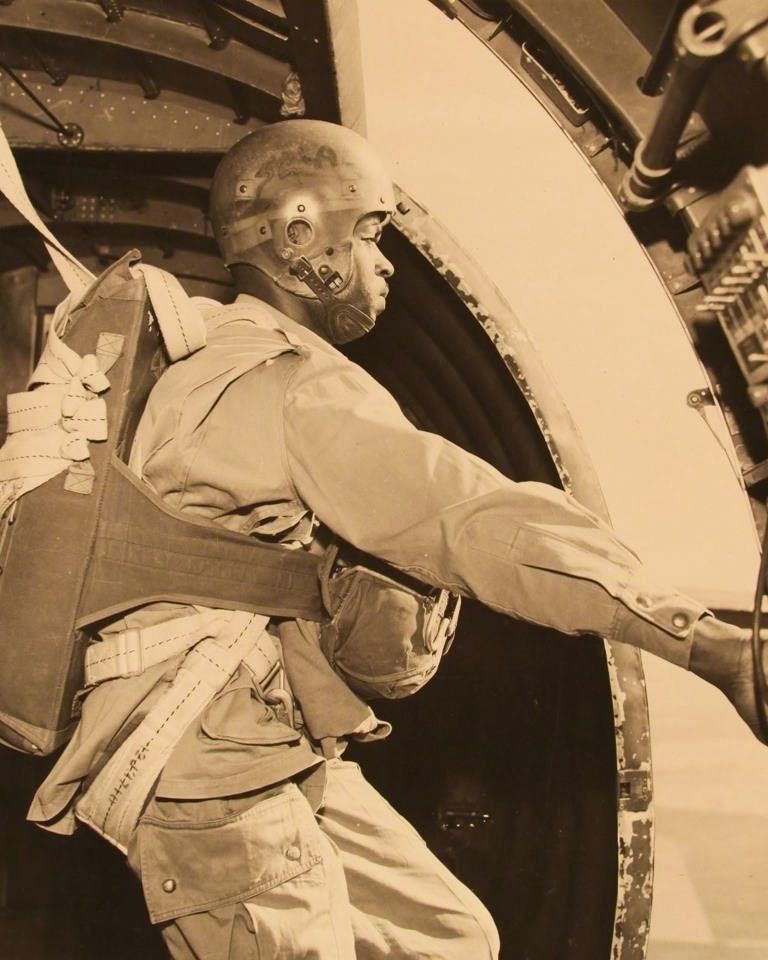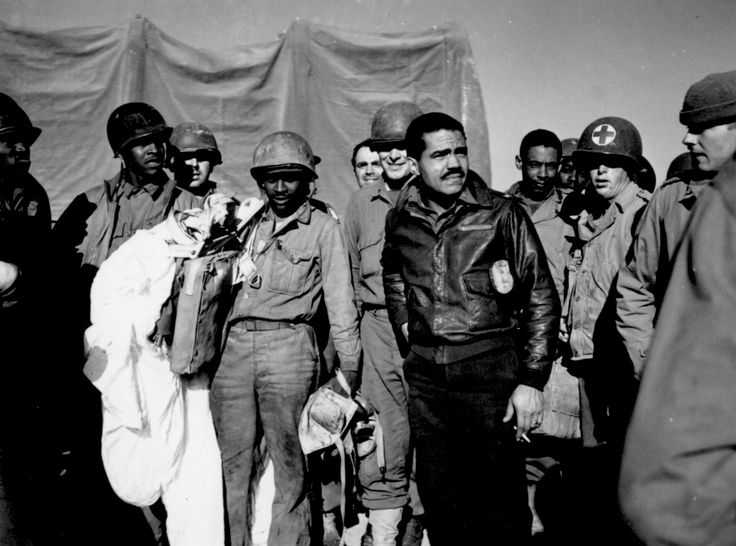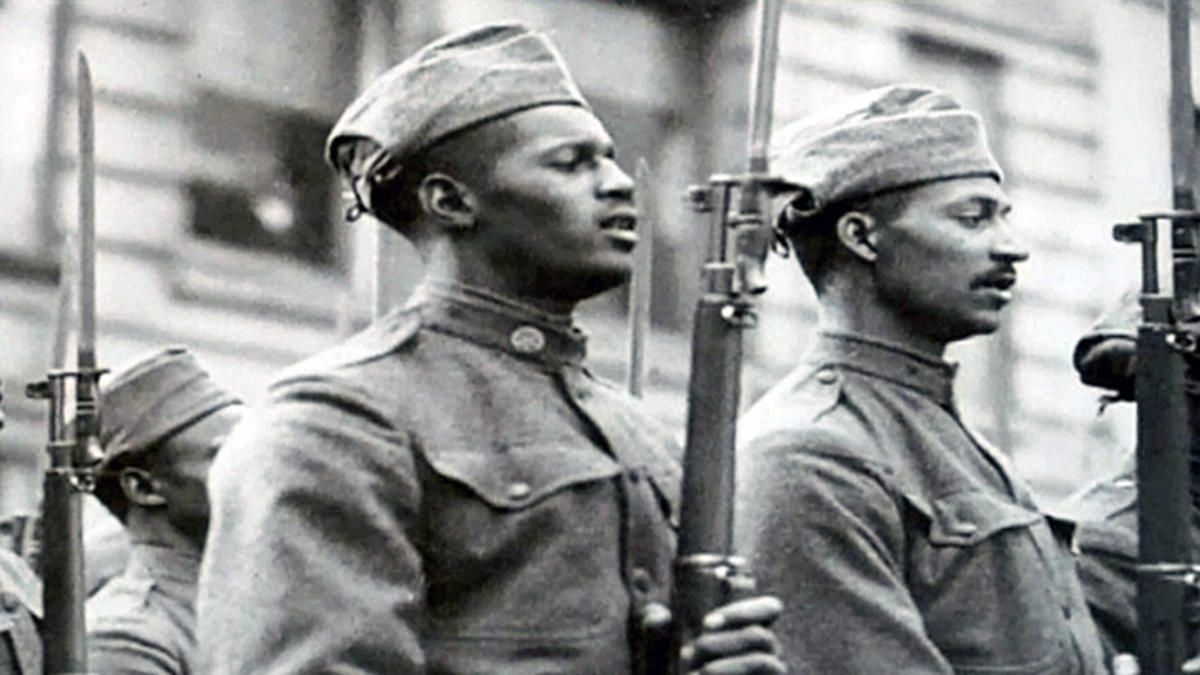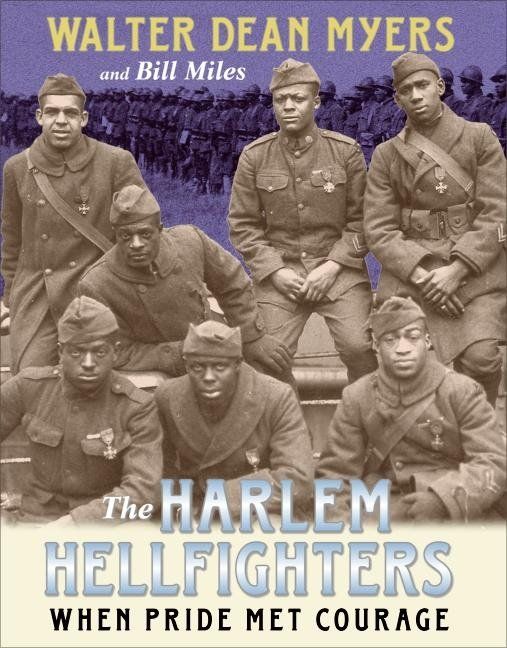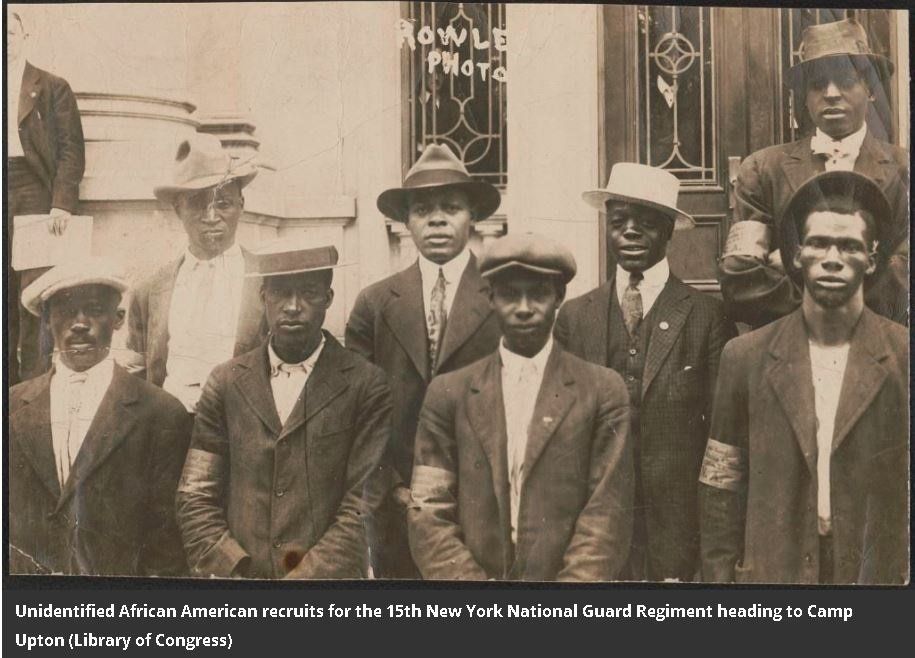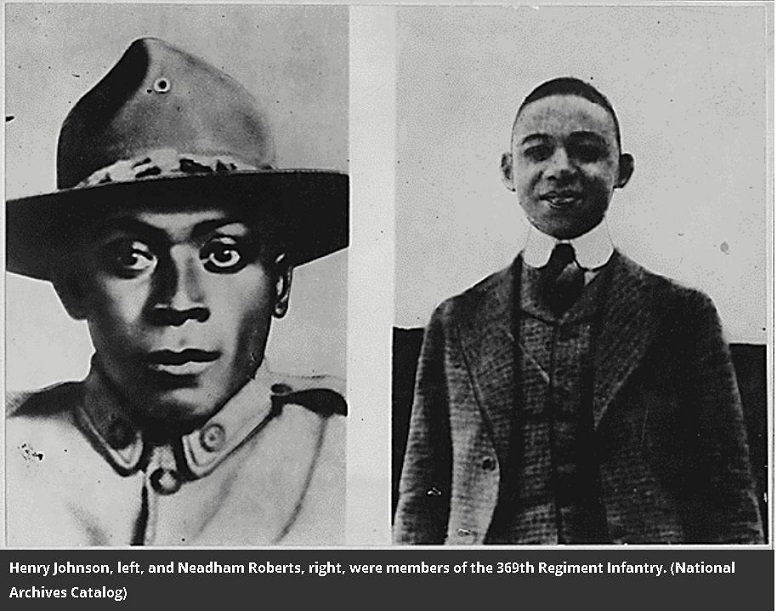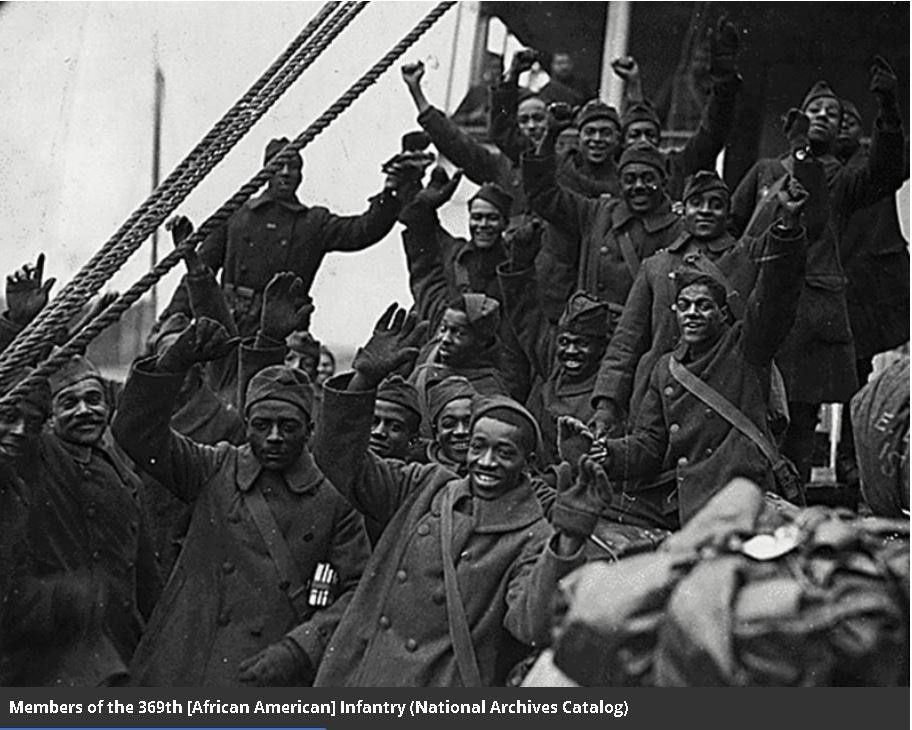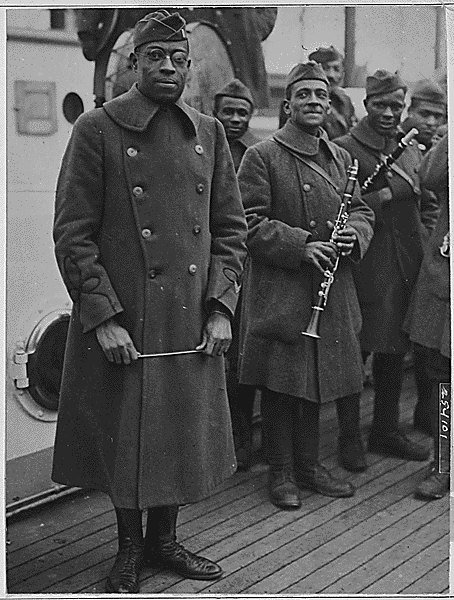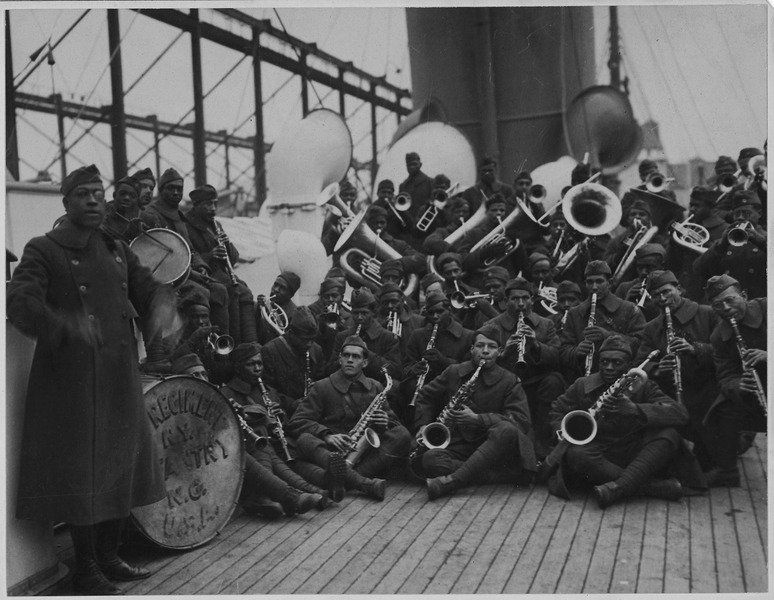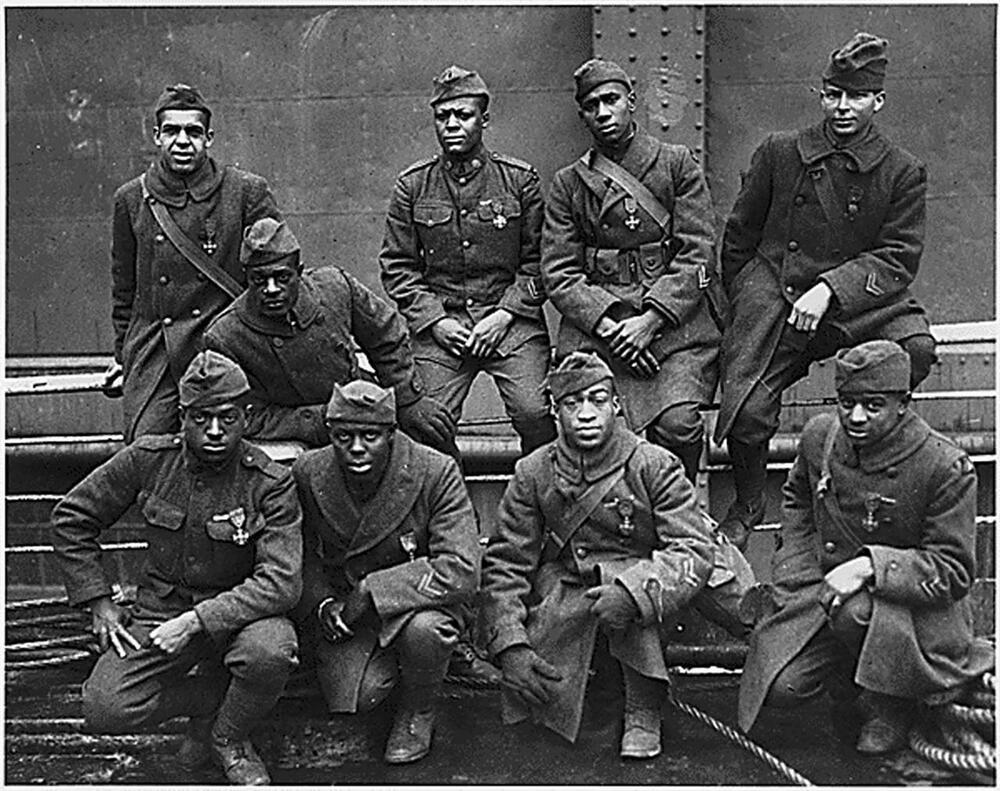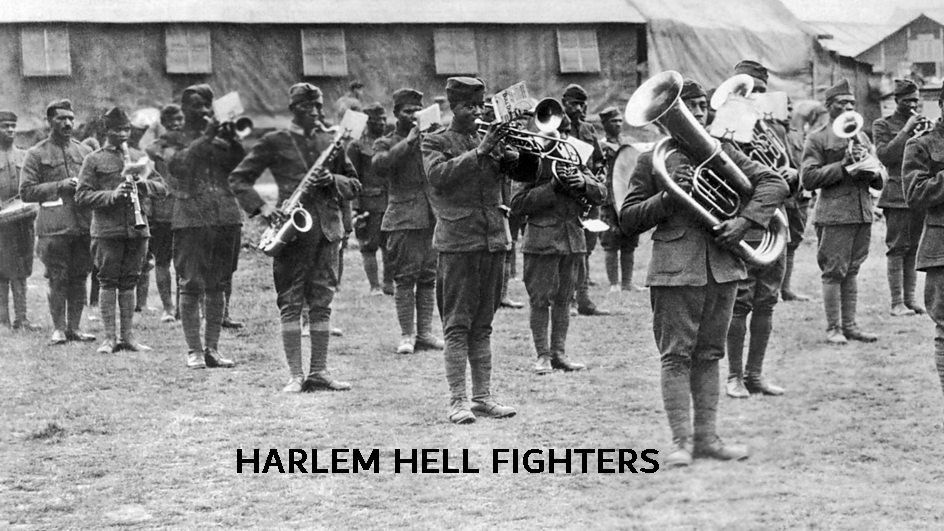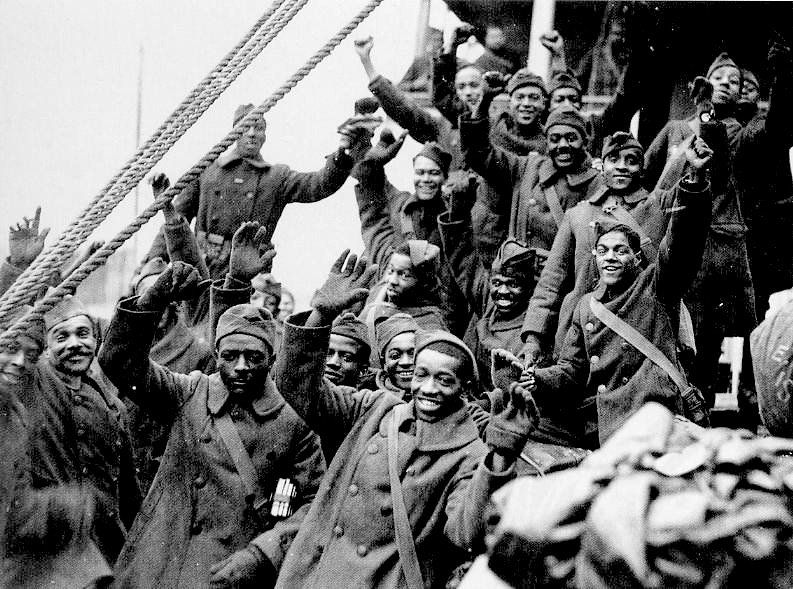FEBRUARY IS BLACK HISTORY MONTH
Black Veterans have served and fought bravely throughout our nation's history. We honor the service of these brave Americans during Black History Month.
Black Army Veteran’s historical stand paves way for changes
02/01/2022 11:54 AM EST
Just under 70 years ago, an Army Veteran’s stand against racial injustice changed interstate transportation. Sarah Keys was a young, Black soldier serving at Fort Dix, New Jersey. She traveled on her way home to Washington, North Carolina, Aug. 1, 1952.
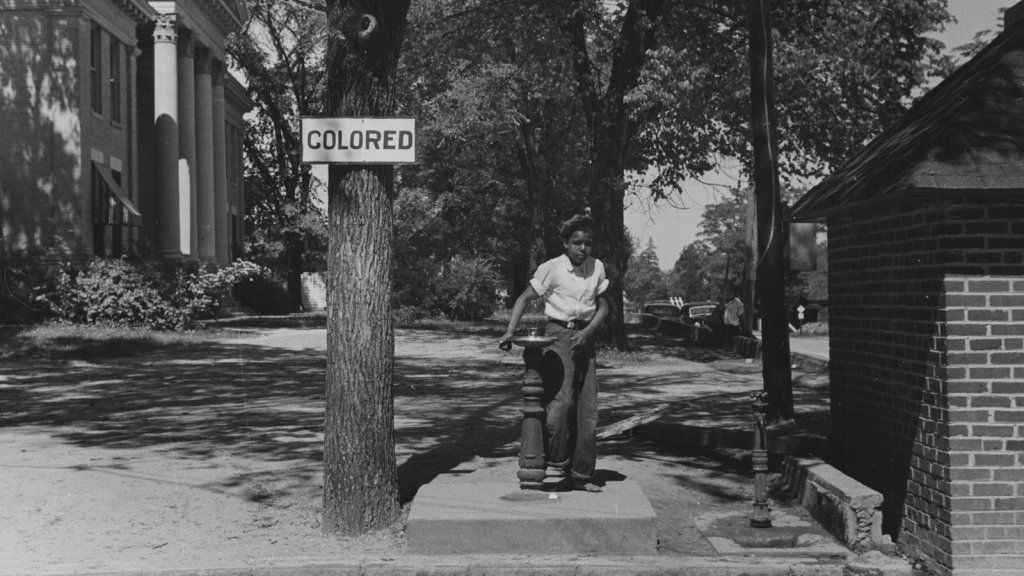
STILL THEY SERVED
"DORIE" DORIS MILLER
The Tuskegee Airmen were the first African-American military aviators in the United States Armed Forces. During World War II, black Americans in many U.S. states were still subject to the Jim Crow laws[N 1] and the American military was racially segregated, as was much of the federal government. The Tuskegee Airmen were subjected to discrimination, both within and outside the army.
Before the Tuskegee Airmen, no African-American had been a U.S. military pilot. In 1917, African-American men had tried to become aerial observers but were rejected.
The racially motivated rejections of World War I African-American recruits sparked more than two decades of advocacy by African-Americans who wished to enlist and train as military aviators. The effort was led by such prominent civil rights leaders as Walter White of the National Association for the Advancement of Colored People, labor union leader A. Philip Randolph and Judge William H. Hastie. Finally, on 3 April 1939, Appropriations Bill Public Law 18 was passed by Congress containing an amendment by Senator Harry H. Schwartz designating funds for training African-American pilots. The War Department managed to put the money into funds of civilian flight schools willing to train black Americans.
War Department tradition and policy mandated the segregation of African-Americans into separate military units staffed by white officers, as had been done previously with the 9th Cavalry, 10th Cavalry, 24th Infantry Regiment and 25th Infantry Regiment. When the appropriation of funds for aviation training created opportunities for pilot cadets, their numbers diminished the rosters of these older units.[8] In 1941, the War Department and the Army Air Corps, under pressure — three months before its transformation into the USAAF — constituted the first all-black flying unit, the 99th Pursuit Squadron.
BUFFALO SOLDIERS
The soldiers’ main mission was to secure the road from San Antonio to El Paso and restore and maintain order in areas disrupted by Native Americans, many of whom were frustrated with life on Indian reservations and broken promises by the federal government. The Black soldiers, facing their own forms of discrimination from the U.S. government, were tasked with removing another minority group in that government’s name.
Immediately before and during World War II, U.S. military leaders had reservations about using African American soldiers in combat.
General Lesley J. McNair, the commander of Army Ground Forces, successfully argued that "colored" units should be employed in combat. At McNair's suggestion, the U.S. Army began to experiment with segregated combat units in 1941; the program was supported by, and given national exposure in, Life magazine.[3]
The 761st was constituted on 15 March 1942, and activated 1 April 1942, at Camp Claiborne, Louisiana.
The 761st Tank Battalion was a separate tank battalion of the United States Army during World War II. The 761st was made up primarily of African-American soldiers, who by War Department policy were not permitted to serve alongside white troops; the U.S. military did not officially desegregate until after World War II.
The men of the 761st trained for almost two years, conscious of the fact that white units were being sent overseas after much less training.
The most famous member of the 761st was First Lieutenant Jack Roosevelt “Jackie” Robinson. During the 761st's training, a white bus driver told Robinson to move to the back of the bus. Robinson refused and was arrested.
Battalion commander Lieutenant Colonel Paul L. Bates refused to consider the court-martial charges put forward by the arresting military policemen.
The post commander transferred Robinson to the 758th Tank Battalion, whose commander was willing to sign the insubordination court-martial order. Robinson was acquitted of all charges. After the war, he was instrumental in desegregating professional baseball.
The 761st was deactivated 1 June 1946 in Germany. They have been called "one of the most effective tank battalions in World War II." In all, the battalion earned about 300 Purple Hearts.[1]
Mildred Louise Hemmons Carter (1921-2011) was one of the first women to earn a pilot's license through the Civilian Pilot Training Program. Carter graduated with Tuskegee's first class of CPTP trainees.[5] On February 1, 1941, she received her private pilot's certificate, making her the first black female pilot in Alabama.
Though she was denied admission into the Tuskegee Airmen and the Women Airforce Service Pilots, she was declared an official member of both later in life.
Mildred Carter mentored and encouraged younger black women to become pilots.[1] Her protégés included several women who went on to become flight nurses and aerospace engineers.[1] Roosevelt Lewis Jr., an airfield manager who, like Carter, was trained by Charles Anderson, said that "Mildred is really recognized here in Tuskegee as one of the Tuskegee Airmen."[4]
In February 2011, Carter was declared an official member of the Women Air force Service Pilots.[6] She was also a Designated Original Tuskegee Airman.[6]
Bessie Coleman had always dreamed of flying but No school in the US would teach her to fly. So Bessie worked hard to save money and got help from prominent Chicago African Americans to go to France for flight instruction.
As a result In 1921 she became the first American to earn an international pilot’s license. Bessie worked towards opening her own flight school where other African Americans could pursue the dream of flight.
Willa Beatrice Brown (January 22, 1906 – July 18, 1992) was an American aviator, lobbyist, teacher, and civil rights activist.[1] She was the first African American woman to earn a pilot's license in the United States,[2] the first African American woman to run for the United States Congress, first African American officer in the Civil Air Patrol, and first woman in the U.S. to have both a pilot's license and an aircraft mechanic's license
More than 6,500 African American women served during World War II. Many enlisted out of a patriotic sense of duty for a country that kept them segregated.
African American women served in many military career and held every position, ranging from nurses to spies to postal clerks. Despite their effort and contribution towards the war, the Army policy did reflect segregationist policies during World War II. Basic training was segregated, as well as living and dining.
Former WACs said the prejudice particularly stung because they'd signed up for the war effort out of a sense of duty. Many also looked for opportunities long unafforded to most Black women, who were often relegated to service roles such as maids and cooks.
African Americans learned that they would have to fight for their own rights. As early as 1940, at a civil rights convention in Chicago, an African American women called for integration of the defense industries, where blacks were segregated into the worst jobs.
Soon thereafter, President Roosevelt issued Executive Order 8802, which 'outlawed discriminatory hiring practices by defense contractors and established the Committee of Fair Employment Practices' . This was the first significant presidential action on behalf of African American civil rights since Reconstruction.
New opportunities were finally given to African American women not only in the factories, but also in the flourishing black communities as well. This greatly contributed to the legacy of African American women from World War II.
Meet the 555 the triple Nickles
555th Parachute Infantry Battalion, or "Triple Nickles," succeeded in becoming the nation's first African-American parachute infantry battalion and the first African-American unit to be integrated into the "regular" army during World War II.
HARLEM HELL FIGHTERS "THE 369TH"
One Hundred Years Ago, the Harlem Hellfighters Bravely Led the U.S. Into WWI
Their courage made headlines across the country, hailing the African American regiment as heroes even as they faced discrimination at home.
The Hellfighters, the most celebrated African American regiment in World War I, confronted racism even as they trained for war, helped bring jazz to France, then battled Germany longer than almost any other American doughboys.
(Their nickname’s origin is unclear: it was possibly coined by enemy soldiers, the American press, or both.) Like their predecessors in the Civil War and successors in the wars that followed, these African American troops fought a war for a country that refused them basic rights – and their bravery stood as a rebuke to racism, a moral claim to first-class citizenship.
Histories of the regiment say the troops spent 191 days on the front, more than any other Americans.
Renamed the U.S. 369th Infantry Regiment, they were assigned to the U.S. Army’s Services of Supply, unloading ships and cleaning latrines, a typical assignment for African American soldiers at the time.



